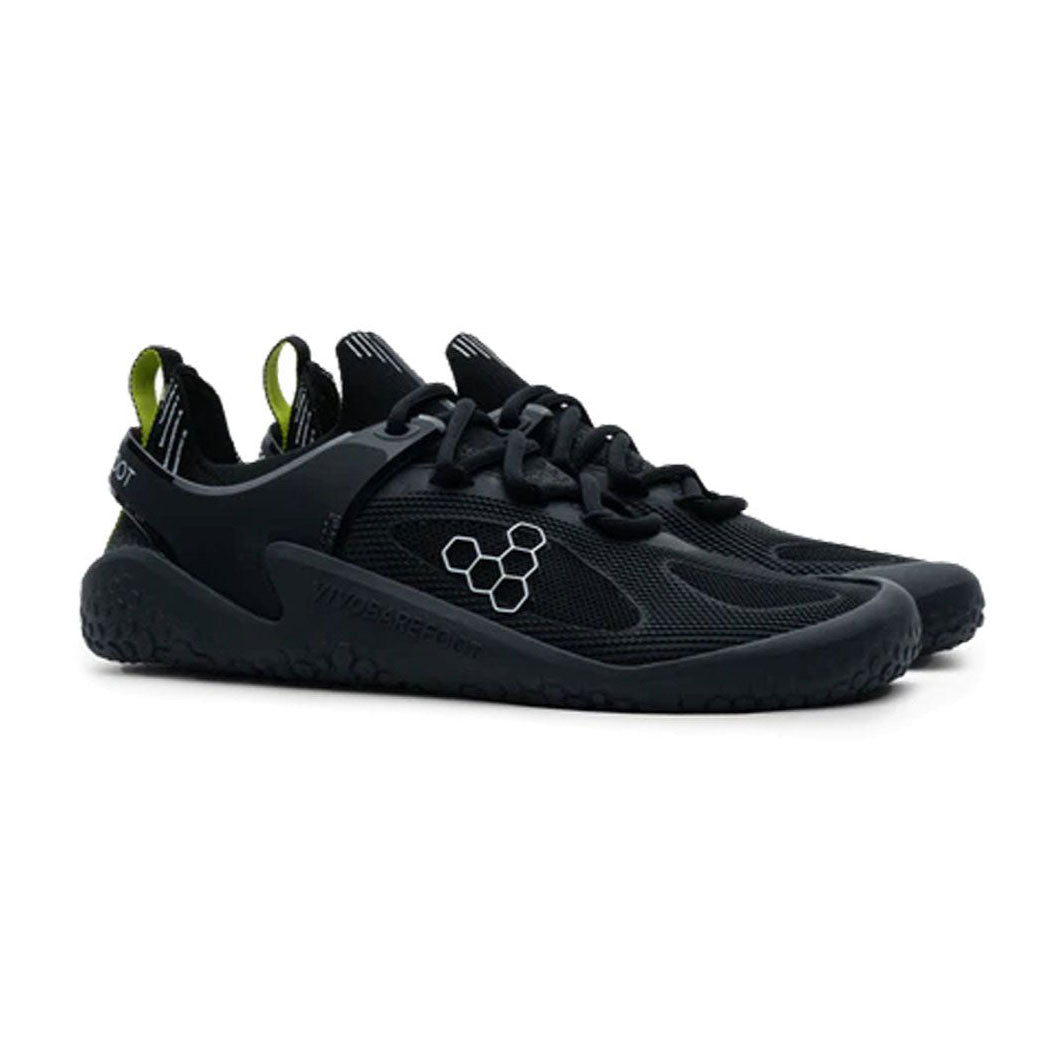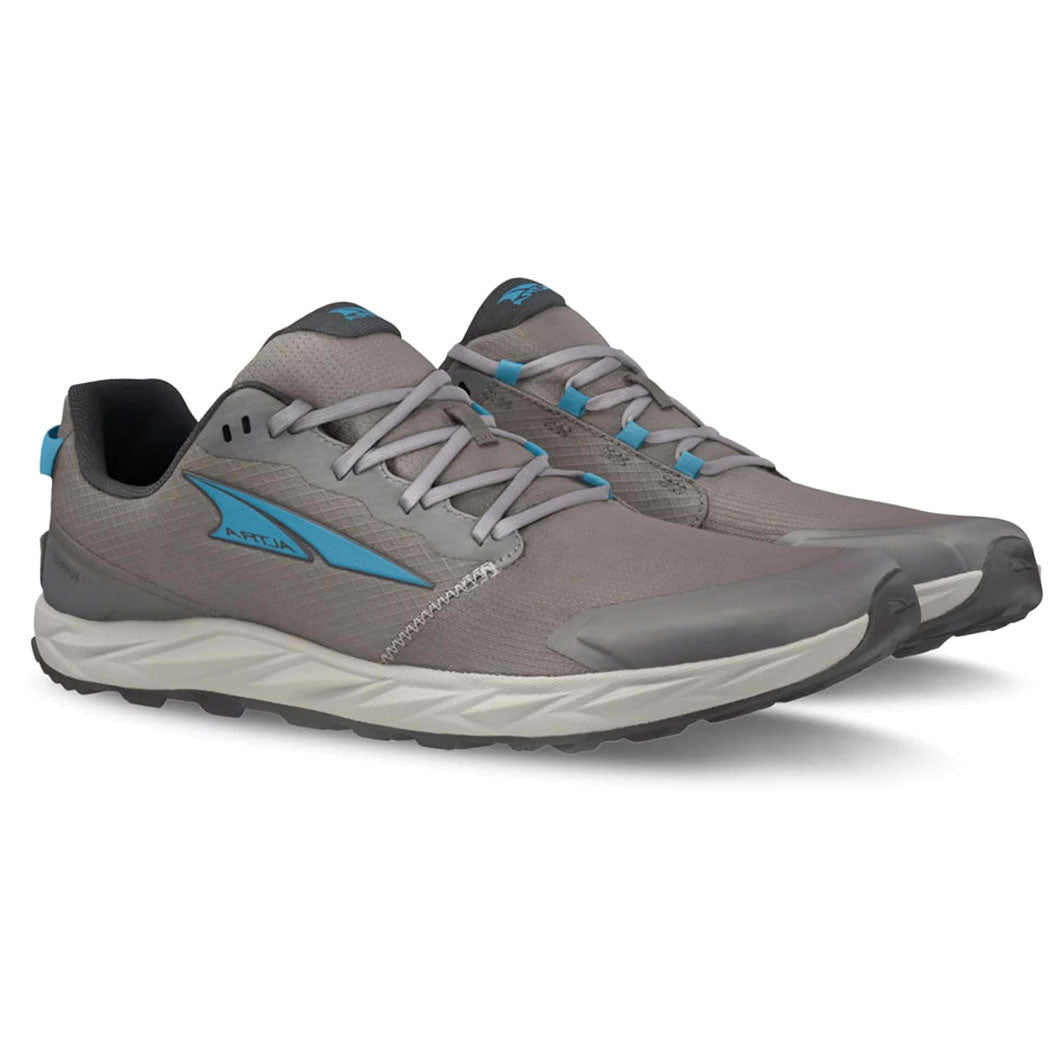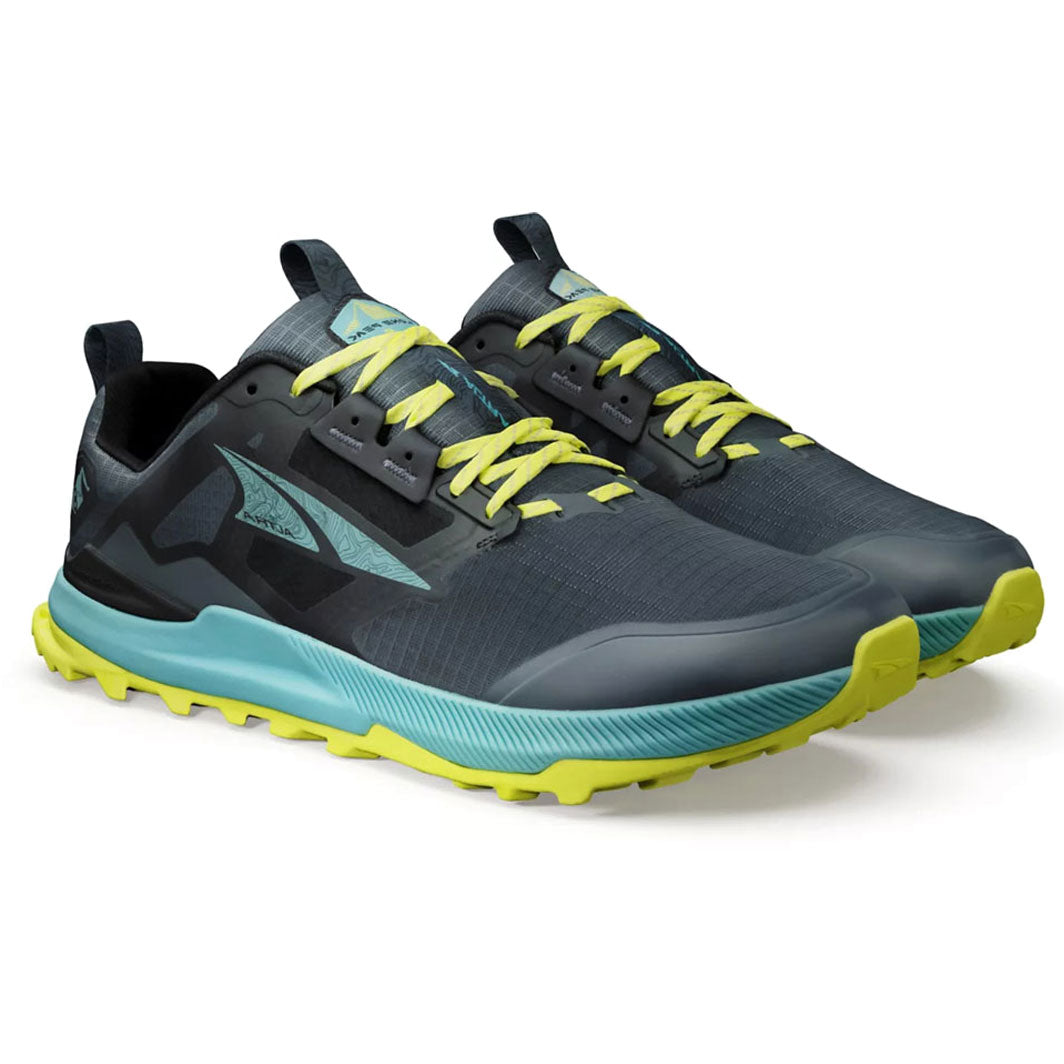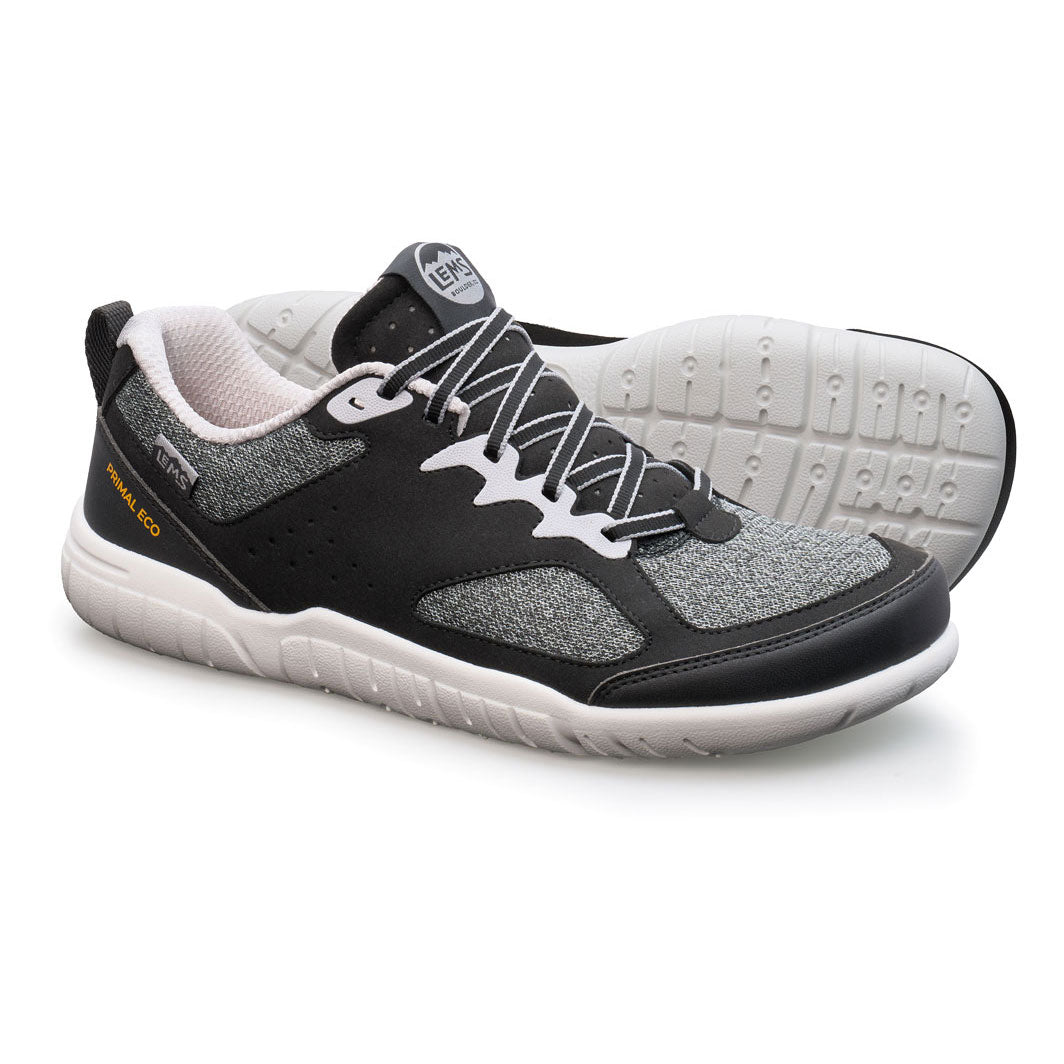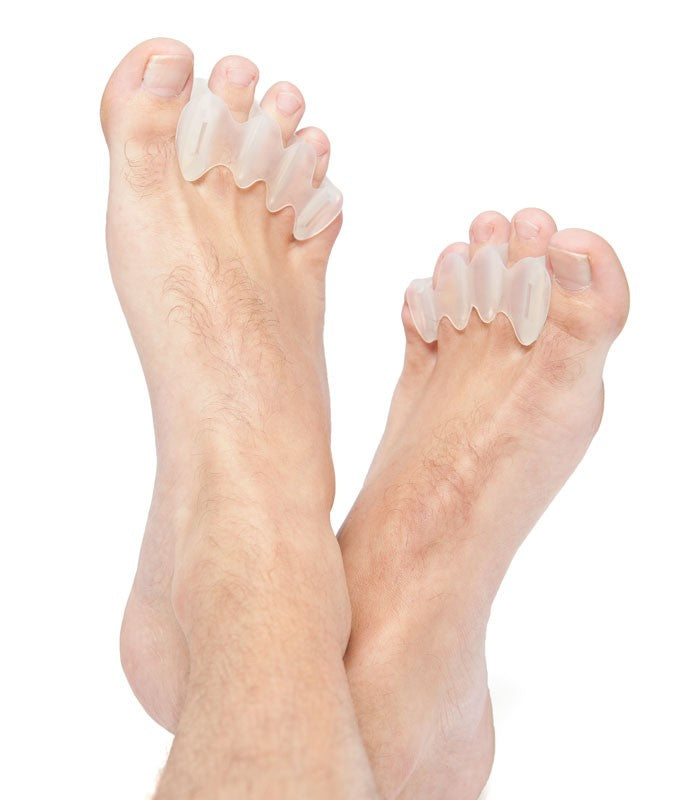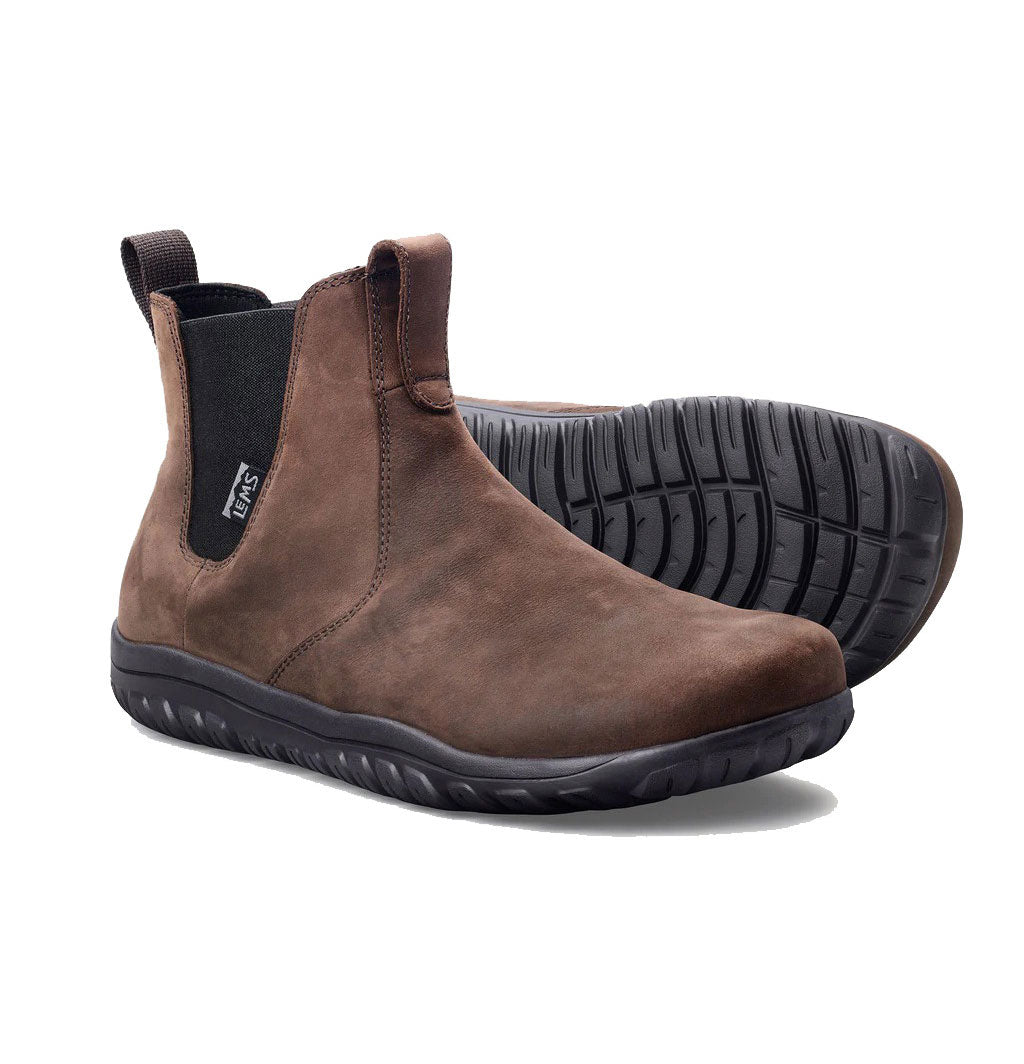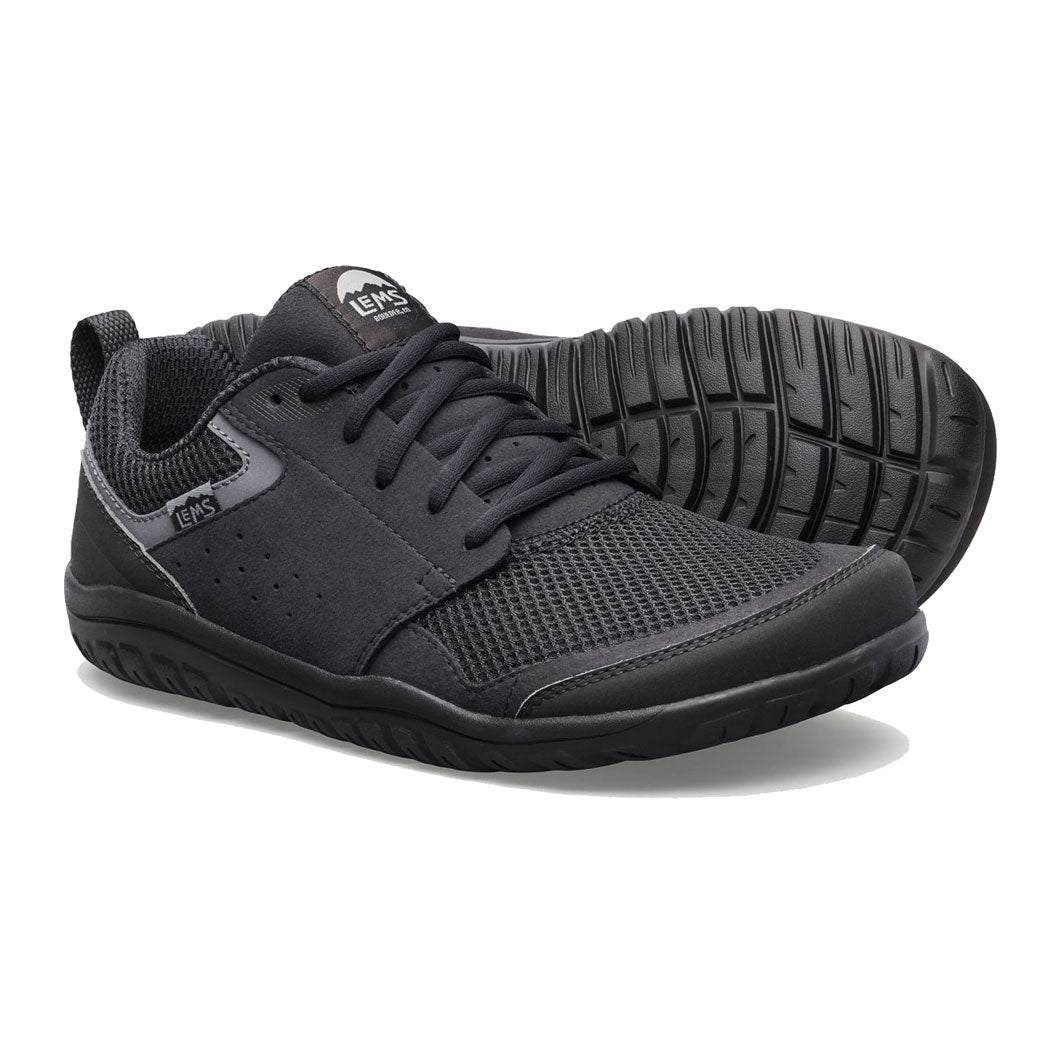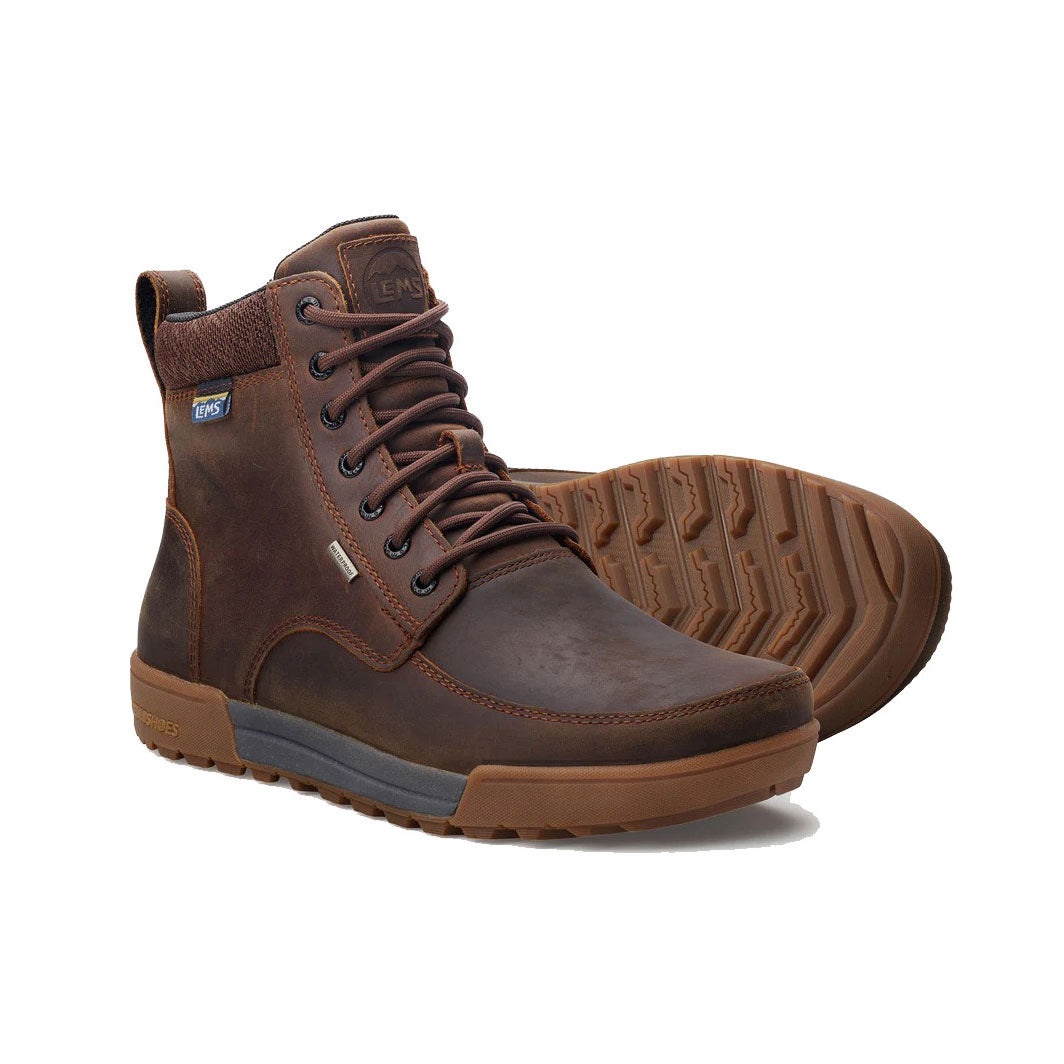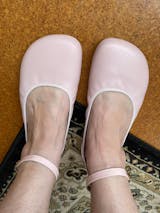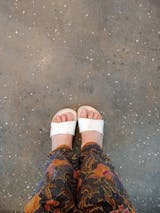For anyone that has grown up in a community where wearing shoes – at school, to the playground, at the supermarket, to work, in public, and even at home – is pretty much the norm, it’s safe to say that, over the years, they have worn a lot of shoes! However, among the many pairs of footwear that have adorned their feet, we can also be almost certain that none of them were ‘minimalist’ shoes, let alone ‘zero-drop’ footwear. Why? Because, up until the rise of barefoot shoe brands, modern footwear is all most of us ever knew of.
If you’re wondering what the terms ‘minimalist’, ‘barefoot’, and ‘zero-drop’ are referring to, it speaks of the shoe’s design aspects which, in comparison to traditional or modern day footwear, show a striking difference.
Even today, countless shoe brands that have captured the market some generations ago, as well as newly launched companies alike, continue to stick to traditional shoe shapes, designs, and features that make up the type of footwear many have been wearing since their childhood. Barefoot brands, on the other hand, are shaving down these designs, and morphing them into what resembles more of a natural foot. Thanks to this, one’s feet can finally be free as opposed to squashed and restricted in a pair of regular, everyday shoes.
Key Design Features of Minimalist/Zero-Drop Shoes
To explain briefly, minimalist shoes have wide toe boxes, flexible soles, little or no cushioning at all, and no heel elevation (known as ‘zero-drop’). You can also expect the footwear to be lightweight, thereby giving you an overall sense of walking barefoot.

Unlike regular shoes that inhibit natural foot function in a number of ways, zero-drop footwear is intended to encourage the feet to move without hindrance, strengthen and develop as they should, and prevent foot disorders that are largely associated with wearing ill-fitted shoes for prolonged periods. This is achieved by simply designing healthy footwear that allows:
- Full mobility and range of motion
- Natural and complete toe splay
- Unhindered flexing when walking or running, and much more.
All in all, zero-drop, minimalist or barefoot shoes have several benefits, and is something everyone needs to consider for the purpose of developing healthier feet as they age, as well as to eliminate foot disorders and dysfunction. If you are a runner, making the switch to zero-drop minimalist shoes will help you improve your performance, and keep your feet strong and conditioned to achieve your goals.
How to Transition to Zero-Drop Running Shoes
Going from high-drop and cushioned running shoes to zero-drop footwear can be difficult, uncomfortable, and sometimes, even painful. There are many reasons behind this, including the fact that most individuals are accustomed to wearing shoes that overly “protect” the feet with high heel elevation, and excessive cushioning. This, in turn, causes the muscles in the feet to grow weak over time while also reducing mobility and flexibility. Overall, a chain reaction is caused which leads to weak and unhealthy feet.
With that in mind, it is only obvious for one to experience discomfort and/or pain when suddenly transitioning to barefoot or zero-drop running shoes. Putting it simply, your feet need to be conditioned to wear zero-drop running shoes, or to go barefoot altogether. This, of course, isn’t an overnight process, however, with the right guidance and time you can slowly transition to zero-drop, minimalist running shoes without running the risk of injuries and much discomfort. Read on to learn how.
1. Go Barefoot at Home

One of the best ways to safely switch to barefoot shoes with zero-drop soles is to do away with shoes completely. Begin by allowing your feet to get a real sense of barefoot living by walking around the house without any footwear on for a short amount of time. It may feel weird or awkward at first but we urge you to push through the discomfort and get at least 10 - 15 minutes of barefoot walking done every day, until you are able to increase the amount of time.
Some helpful beginner tips when walking barefoot at home include the following instructions:
- Instead of a heel-striking stride, lead with your forefoot and then place your heel on the ground
- Tilt your foot slightly to allow the pad of your smallest toe to touch the ground first; this provides a rolling movement for the rest of the foot as it touches the ground while you walk
- Practice this by walking in a straight line, and increase the speed at which you are walking when you have gotten the hang of it
2. Practice Jogging Barefoot

Similar to walking barefoot, when jogging, a forefoot-strike, followed by the heel, is also recommended. It is important to keep your knees bent while jogging or running as it lessens the jerks or shocks that typically occur when your legs are straight and your heels strike the ground first.
Another great tip is to shorten your stride as opposed to taking long strides which force your legs to extend and straighten out in the process. You also want to keep your heels as low as you can while jogging so that it gently rests for a brief moment before you lift your other foot. When you’ve mastered jogging barefoot, speed things up and practice running in the same manner.
3. Do it Gradually and Mindfully

If you run 15 to 20 miles every day, don’t expect, or even attempt, to cover the same ground in a pair of zero-drop running shoes right off the bat. To fully condition your feet means to allow them enough time to adapt to new sensations, flexes, and movements that barefoot shoes introduce. With that in mind, you can expect the process of fully transitioning to minimalist footwear to take up to 3 months. Attempting to speed things along may result in injuries, and is therefore, not advised.
It is also critical that you pay close attention to how your feet and body are reacting or adjusting to going barefoot or wearing zero-drop shoes. If you are experiencing after effects such as intense discomfort and pain, it’s advisable to seek assistance from your healthcare provider.
CONCLUSION

We often take for granted the fact that our feet carry the rest of our body. It is only when we become prone to injuries, experience poor balance, and are plagued with foot disorders and dysfunction, do we begin to prioritise foot health. The reality here is that much of the aforementioned damage to our feet has been caused by modern or traditional footwear over the years, even generations, and we are now left with the task of reversing these ill-effects. Luckily, with the invention of minimalist or barefoot footwear, our feet can have a second chance at developing into strong, fully functional, healthy feet!
Owing to their ergonomic design which includes wide toe boxes for adequate toe splay, flat soles for increased ground feel and feedback, and flexible materials for optimal foot mobility, zero-drop running shoes help keep your spine and body better aligned, improve your form and balance, and accelerate one’s overall performance which is typically hindered by the restrictive nature of modern shoes.
At bprimal, we work with shoemakers and brands who create natural footwear that are made to encourage better foot health by repairing the damage caused by long term use of modern shoes. These minimalist or healthy footwear alternatives ensure proper preservation of one’s natural foot shape and function thanks to their inclusion of all the design specifics needed to achieve optimal foot health. Some of these features include wide toe boxes, slim and flexible soles, and no heel elevation. Our involvement and interaction with people who create and promote products that help individuals fix their foot problems has also inspired us to spread crucial awareness – relating to prioritising foot health as told by the experts – via our blog. Learn More - check out bprimal educational articles here, and browse through the different brands and collections of natural footwear and foot health restoration products we carry.
DISCLAIMER:
The above content is for educational or informational purposes only and is not intended to replace or augment professional medical instruction, diagnosis, or treatment. Read the full Terms and Conditions & Disclaimer here.









